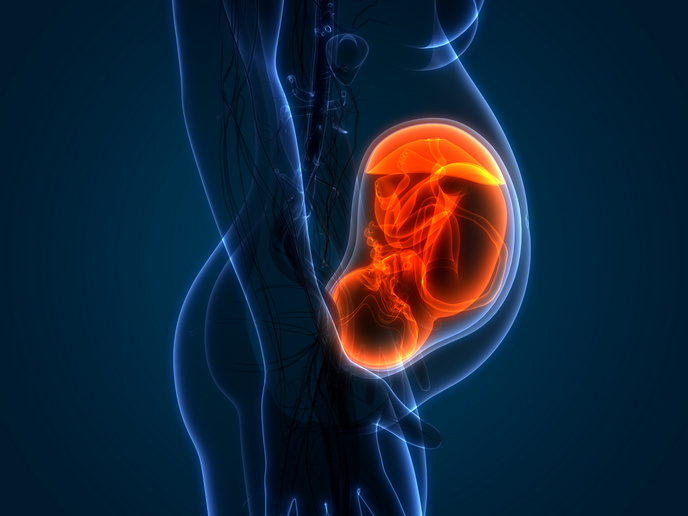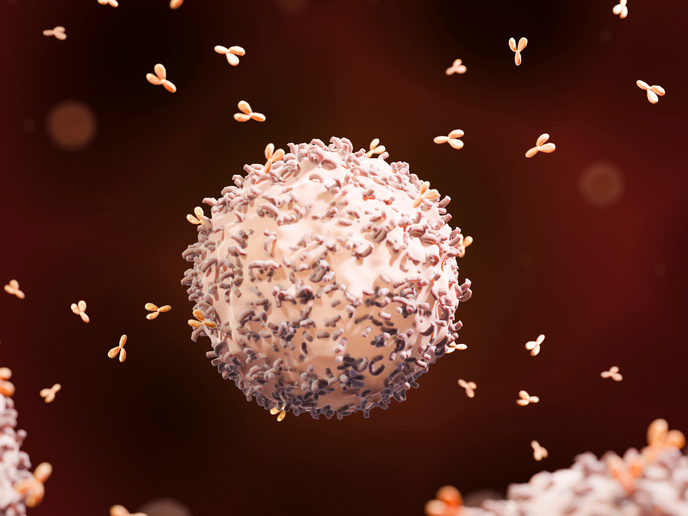3D Bioprinted human tissues will revolutionise new drug testing
Creating new medicines is expensive. Around 96 % of all cancer drugs fail during human clinical trials, costing pharmacological companies EUR 2.5 billion for each drug. “The high failure rate is caused by the lack of a reliable preclinical model able to exactly predict the effect that the drug will have on the real human body,” says Valentina Menozzi, CTO and Co-founder of Prometheus SRL. The composition of the cells used in laboratory testing – in artificial tissues, and then in animals – is often different to that of humans during clinical trials, meaning the drugs act in unpredictable ways in people. Menozzi and her team in the Horizon 2020-funded 3DLT project have found a way for pharma and cosmetic companies to reduce their research and development bills, making the process more efficient and less dependent on animal testing. Prometheus SRL has developed 3D bioprinting(opens in new window) technology which takes living human cells as ink, and then prints tissues closely resembling those of humans. The lab-printed tissues can be used to test new drugs, and even replace damaged or diseased tissues in the body. The 3DLT project has been working to create a 3D lymph node(opens in new window), to be used for testing novel immunotherapies to fight cancer. The lymph node, called 3DLN, functions in much the same way as a human lymph node does. It is made up of both immunised and cancerous cells, to mimic the way immune cells activate against cancer. “Technically speaking, we have already demonstrated the capability of our 3DLN production system to keep a high percentage of cells alive, 96 %, instead of commonly used techniques for the creation of three-dimensional structures,” says Menozzi.
Printing tissues
Prometheus’ bioprinter is able to keep cells alive during the printing process, and controls the cell composition at high resolution. By carefully selecting specific biomaterials to be used, the printer can reproduce the tissue in a nearly identical manner to the source material. The composition, function and structure are all the same as human lymph nodes, and printing means vast numbers can be created, reducing the cost and harm of other methods. Using lab-printed tissues avoids the ethical issues associated with animal testing. “Prometheus’ 3D lymph node could be an important technological advance in the immuno-oncology field, considering that until now pharma companies could test their drugs only in animal models or cell agglomerates (spheroids) with huge limitations when compared to human situations,” says Menozzi.
In with the new
Another potential application of the 3DLN is in the field of regenerative medicine: to replace damaged lymph nodes in humans. Replacing cancerous lymph nodes could help stop the spread of cancer around the body and alleviate pain in patients. “Even before the feasibility study we knew the importance of a new reliable and predictive system for cancer research, but after the discussion with big pharma companies developing new treatments and doctors testing new anti-cancer therapies, we were astonished at how huge the market need and opportunity was,” Menozzi adds. The 3DLT project is now working to test the reliability of the printed lymph node in other preclinical models to probe the efficacy of new drugs. “Then we will industrialise the whole production process to make it affordable for large-scale processes,” says Menozzi.







